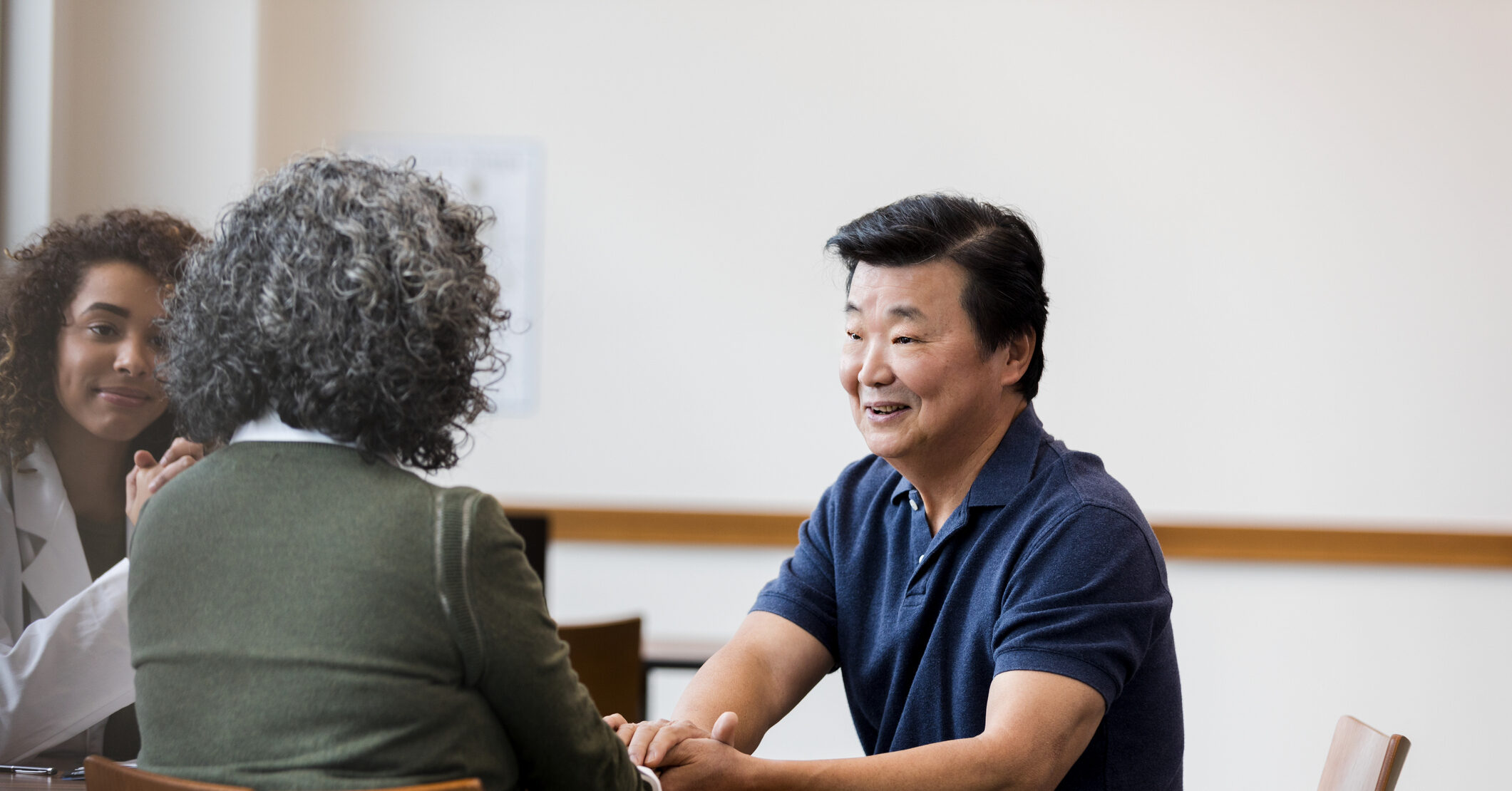If you suspected that AI is taking jobs away from young workers, there is now data to back this up.
Three economists at Stanford University’s Digital Economy Lab —professor Erik Brynjolfsson, research scientist Ruyu Chen, and postdoctoral fellow Bharat Chandar— published a paper on Tuesday that found early-career workers aged 22 to 25 in the most AI-exposed jobs “have experienced a 13 percent relative decline in employment.”
“In contrast, employment for workers in less exposed fields and more experienced workers in the same occupations has remained stable or continued to grow,” the researchers wrote.
In fact, for occupations that can’t easily be replaced by AI, like home health aides, employment opportunities for younger workers seemed to be growing faster than for older workers.
The effect was visible even when accounting for firm-specific shocks and other potential causes like changes to remote work policies, the effects of the pandemic on the education system, slowdown in tech hiring, or cyclical employment trends, the researchers noted.
“The AI revolution is beginning to have a significant and disproportionate impact on entry-level workers in the American labor market,” the researchers claim.
The findings are backed up by anecdotal evidence that has been piling up for months.
CEOs across industries have been open about their expectations—and their corporate policies already in action—to have artificial intelligence handle the work that some new employees would have otherwise.
“There is a real fear that I have that an entire cohort, those graduating during the early AI transition, may kind of be a lost generation, unless policy, education, and hiring norms adjust,” John McCarthy, associate professor of global labor and work at Cornell University’s School of Industrial and Labor Relations, told Gizmodo earlier this month.
But while some experts had been sounding the alarms, others had been hesitant to point the finger at AI without tangible data.
That’s why the Stanford paper is significant. It is a first-of-its kind study and it shows data that can back a trend young graduates had been complaining and worried about for months: that AI is indeed coming for their jobs.
Older workers are spared
The researchers compared changes in employment data from late 2022 to mid-2025, courtesy of payroll processing firm ADP, which is one of the largest in the U.S. and represents over 25 million workers.
The results showed that industries that have widely adopted AI, such as software engineering, showed a notable decrease in jobs available for young graduates after 2022.
While employment dropped for young graduates looking for work in AI-impacted industries, researchers found that older and more experienced workers were largely spared.
While workers aged 22 to 25 experienced a decline in employment since 2022, employment for older workers aged 35 to 49 grew, according to the researchers.
This may be because AI is good at basic tasks, one that a recent graduate with less hands-on work experience than an older worker would be expected to handle.
But even though automating these basic tasks sounds like a good business strategy, that kind of early career work is crucial for the training of the next generation of the workforce. If these training opportunities are not given to entry level workers, the future of the workforce is bound to look unrecognizable.
“I worry that the current generational squeeze might evolve into a permanent reconfiguration of early career paths,” McCarthy told Gizmodo earlier this month. “There is a real fear that I have that an entire cohort, those graduating during the early AI transition, may kind of be a lost generation, unless policy, education and hiring norms adjust.”
Automation vs augmentation
Within industries with high AI adoption, whether the firms intend to use AI to automate or augment human labor made a huge difference, according to the paper.
Employment declines were largely concentrated in jobs where AI was being used to completely or partially substitute some employees’ workloads, rather than complement it.
In a previous paper from June, co-author Brynjolfsson argued that AI companies should develop benchmarks that test how well AI models can collaborate with humans to jointly solve tasks, rather than relying solely on existing benchmarks that evaluate AI in the absence of humans. This can help shift the focus of AI integration from automation to augmentation and collaboration, Brynjolfsson and his co-author on the June paper Andreas Haupt argue.
AI is being developed as an automation tool first and foremost right now, but the findings suggest that might not be its best use if we wish for AI to be a tool for positive change.
AI could help individual workers by alleviating the burden of heavy workloads while continuing to drive productivity gains. Or it can be used to completely automate some jobs, taking early career opportunities away from young graduates that are supposed to make up the foundations of a well-trained future workforce. Which of these outcomes will be the reality will ultimately be determined by how the corporate world decides to scale this revolutionary technology going forward.
Source link

